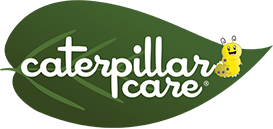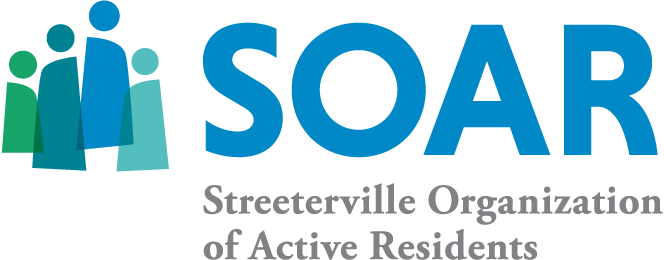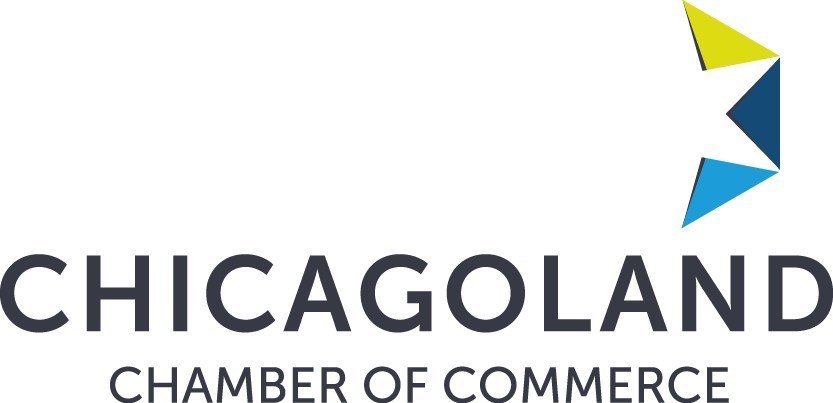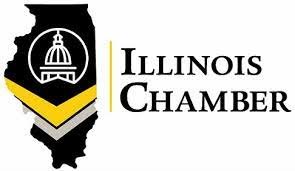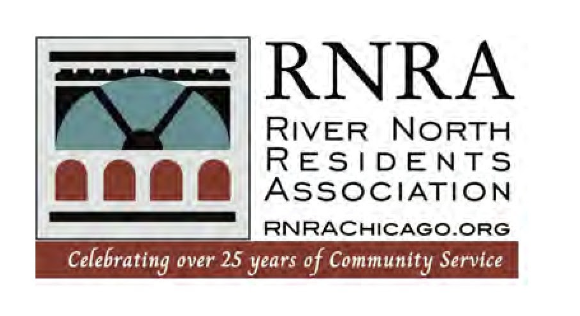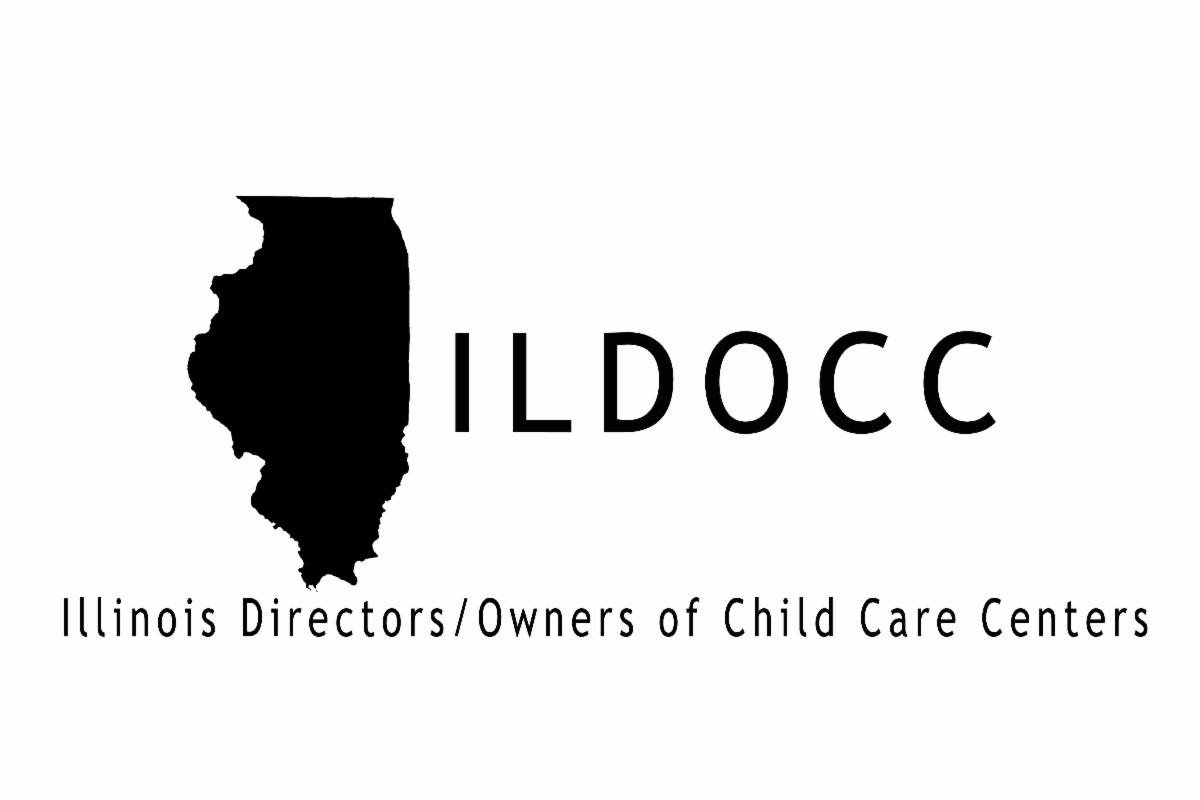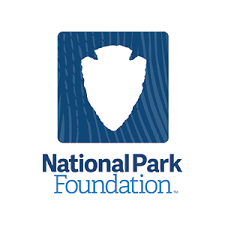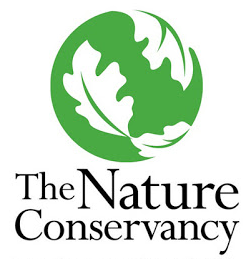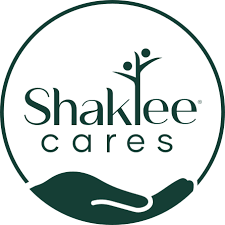Choosing the right preschool model is an important decision that can affect your child's growth, learning style, and future academic achievement. Given the variety of preschool alternatives, you have to choose between two main approaches: child-centered and teacher-led. Each model provides a distinct teaching approach, philosophy, and learning environment suited to various learner types.
Child-centered preschool models are perfect for kids who love freedom and curiosity, allowing them to explore at their own pace while promoting independence and creativity. In contrast, teacher-led models place a strong emphasis on structured learning. They give kids the fundamental skills they need through supervised activities. This model is ideal for kids who thrive on routine and unambiguous expectations.
This article will explore the core traits, advantages, and possible disadvantages of each preschool model to help you choose what's right based on your child's developmental needs, learning preferences, and personality.
What Do Preschool Models Entail?
Preschool models are educational systems that assist young children in learning and developing during their early childhood years. Every model has its own philosophy that emphasizes different facets of learning and development.
Take, for example:
The Montessori model prioritizes freedom, with children participating in self-directed, hands-on activities.
Reggio Emilia emphasizes collaborative, project-based learning, which fosters group exploration and creativity.
Waldorf places a high value on imagination, inventiveness, and routine.
HighScope combines learner-initiated and teacher-led learning to provide planned independence in a structured setting.
Traditional preschool emphasizes academic readiness through group activities and is more teacher-directed and regulated.
These models accommodate many learning styles and developmental objectives and enable parents and teachers to select the one that best meets the needs of each child. Each approach seeks to instill in young children the importance of core skills and the joy of learning.
Now that the concept of preschool models is clear let's examine the differences between the two broad types.
Child-Centered Preschool Learning Models: Brief Overview
Child-centered learning models put the child's preferences, interests, and learning style at the heart of the curriculum. They allow kids to be in control of their learning journey, unlike traditional education models where teachers oversee most activities.
Here, caretakers play the role of facilitators and lead kids through educational activities that pique their interest and promote self-reliance. The foundation of this concept is the idea that learning occurs most effectively when kids are involved in activities that truly interest them.
Child-centered methods are especially good in encouraging self-confidence, creativity, and problem-solving abilities. They let kids follow their curiosity and engage with the learning environment in a way that suits them as they naturally explore.
Key examples of child-centered preschool models
Montessori
This model emphasizes self-directed learning, structured settings, and limited flexibility while highlighting useful life skills. Montessori classrooms have interactive elements that kids can explore independently, encouraging self-motivation and a sense of responsibility.
Reggio Emilia
This model emphasizes collaborative, project-based learning. A typical Reggio Emilia classroom setting is regarded as a "third teacher," where resources, activities, and places stimulate learning. Youngsters frequently work in small groups, which promotes cooperation and social skills. Caretakers use observations to inform ongoing initiatives while documenting the progress of the youngsters.
Waldorf
The Waldorf model blends intellectual, creative, and practical activities, emphasizing inventiveness and creativity. Learning takes place via play, storytelling, and the arts, with a focus on rhythm and routine to create a comfortable setting. Waldorf prioritizes physical and emotional development over formal education in the early years.
Advantages of child-centered preschool learning models
Child-centered preschools provide numerous advantages that appeal to parents seeking a flexible, developmentally supportive environment. Among these benefits are:
Increased critical thinking and inventiveness:
Child-centered preschool models allow kids to acquire problem-solving abilities and an innovative mentality as they engage in exploration and discovery.
Growth in self-control and self-assurance:
Child-centered models help kids develop self-discipline and self-reliance by teaching them time management, decision-making, and autonomous work skills.
Development of social and emotional skills:
Child-centered models promote empathy, cooperation, and effective communication by letting kids engage freely and cooperatively.
Child-centered preschool learning models' shortcomings
Despite their many advantages, child-centered models won't be appropriate for every child or family. A few disadvantages are:
Absence of structure:
Children who require more direction or thrive on routine may not benefit from the flexible, less regimented nature of child-centered models.
Need for highly skilled personnel:
Caretakers in these environments need to be adept at supporting individualized learning, which is not always possible at preschools.
What are Teacher-Led Preschool Learning Models?
In teacher-led preschool models, teachers actively lead the kids through predetermined learning goals in a more structured manner. Teachers in these settings develop lesson plans that emphasize critical skills and academic preparedness while adhering to curricular standards.
This method gives kids a clearer learning route and aids in the development of critical abilities in order to get ready for formal education. Due to their emphasis on regularity, predictability, and academic readiness, teacher-led programs are a favorite among parents who appreciate consistency and structure in early education.
Main examples of teacher-led models
Traditional preschool:
Traditional teacher-led preschools concentrate on fundamental concepts such as numbers, alphabet, colors, and shapes. The curriculum exposes kids to fundamental academic ideas through teacher-led sessions and planned group activities.
HighScope:
The HighScope approach blends regulated teacher leadership with learner-initiated activities. While maintaining a balance between direction and autonomy, teachers establish clear goals for the kids’ social and cognitive development. The HighScope model makes sure kids reach developmental milestones by measuring growth in a methodical way.
Benefits of teacher-led preschool learning models
The teacher-led model offers a clear, well-organized structure that can benefit a lot of kids. The benefits include:
Form and consistency:
Teacher-led models have a consistent routine and well-defined activities that increase children's confidence and attentiveness.
Academic readiness:
Teacher-led preschools are more likely to emphasize academic preparedness and offer core skills that help children transition to kindergarten.
In-person observation and evaluation:
Caretakers keep a close eye on each child's growth, which makes it simpler to recognize and meet developmental requirements.
Negative aspects of teacher-led preschool learning models
Despite their advantages, structured, teacher-led programs might not be able to accommodate every child's needs. Among the possible disadvantages are:
Restricted independence and inventiveness:
In teacher-led models, children may not be given as much opportunity to explore independently, which may affect their creativity.
Less flexibility:
Because classes are typically more regimented, this method might not work for kids who require customized pacing or have different learning styles.
Key Distinctions Between Child-Centered and Teacher-Led Preschool Learning Models
Let us compare and contrast the teacher-led and child-centered methods based on the following parameters:
1. Methods and styles of instruction
In child-centered models, teachers act as facilitators rather than educators, tailoring guidance to the interests of the individual kids. On the other hand, teacher-led models place more emphasis on direct instruction and give teachers more authority in the classroom.
2. Structure and atmosphere of the learning environment
Child-centered classrooms have open areas and self-directed tools to promote exploration. With designated spaces for group activity and teacher-guided individual work, teacher-led environments are typically more regimented.
3. Emphasis on individual vs group learning
Child-centered methods put an emphasis on personalized learning pathways to enable kids to study at their own pace. Teacher-led methods can emphasize group instruction, which could sacrifice individualization while fostering socializing.
4. Role of the teacher
In child-centered models, caretakers function as facilitators, observing and guiding learning according to each child's interests. Teachers structure lessons and establish learning objectives in teacher-led models while maintaining a more authoritative presence.
Which Preschool Model Is Best for Your Child: Teacher-Led or Child-Centered?
Considerations for selection
Personality traits and references of the child:
Think about whether your youngster prefers to be guided or is naturally independent. Children who like routine tend to perform well in teacher-led environments, whereas those who thrive on independence and exploration might favor child-centered approaches.
Learning preferences:
Since every child learns differently, see if your child gains more from scheduled lessons or self-paced activities. Teacher-led models work well for children who react well to direct instruction, whereas child-centered models are best for active, imaginative learners.
Developmental requirements:
Consider certain developmental objectives, including emotional, cognitive, or social development. Matching these demands with the curriculum is essential because different preschool models promote these areas differently.
Cost and accessibility:
Cost and accessibility should be compatible with your family's spending plan and schedule. Additionally, a coherent experience is guaranteed when you select a preschool that shares your family's values.
Tips on how to watch and assess preschools before making a choice
Visit the preschool and watch them:
Visit the preschool classrooms to observe how children engage with their surroundings. Be on the lookout for signs of the kids' interest, concentration, and excitement.
Assess how kids and teachers interact:
Observe how teachers engage with the youngsters. Check for polite, encouraging communication, and see if teachers promote independence and curiosity.
Examine the classroom setting:
Take note of the classroom's design, order, and cleanliness. A welcoming and orderly environment frequently promotes successful learning and a happy mood.
Inquire about the teaching methodology:
Find out if the preschool’s teaching philosophy is in line with your own beliefs. Knowing their methodology will enable you to assess its suitability for your child.
Discuss teacher training and ratios:
Inquire about child-teacher ratios, professional credentials, and continuing education. Generally, smaller ratios and qualified teachers provide greater individualized attention and support.
Final Remarks
Both teacher-led and child-centered preschool models have particular benefits and drawbacks. While teacher-led models prioritize academic readiness, structure, and goal-oriented learning, child-centered approaches prioritize fostering creativity, independence, and discovery.
While selecting the best preschool model, your child's personality, learning preferences, and developmental needs must all be taken into account. At caterpillar care, we understand that not every child responds well to a one-size-fits-all strategy.
We are dedicated to providing infants with an atmosphere that encourages development, curiosity, and education. Our programs combine teacher-led and child-centered models to provide a well-rounded preschool experience. We welcome you to explore our programs to facilitate a strong foundation for your child's developmental journey.
